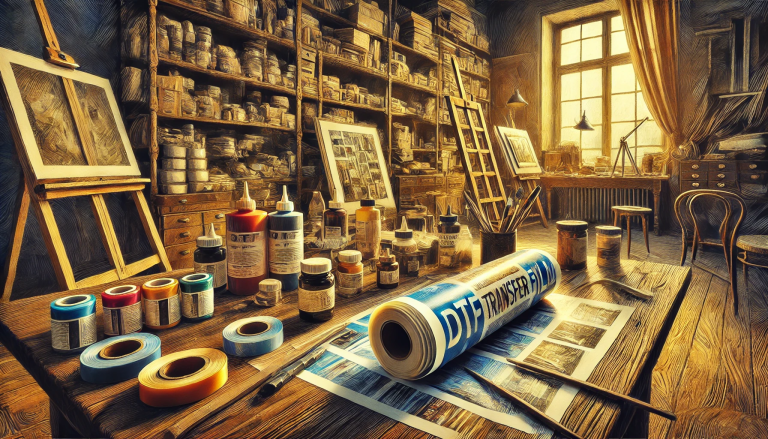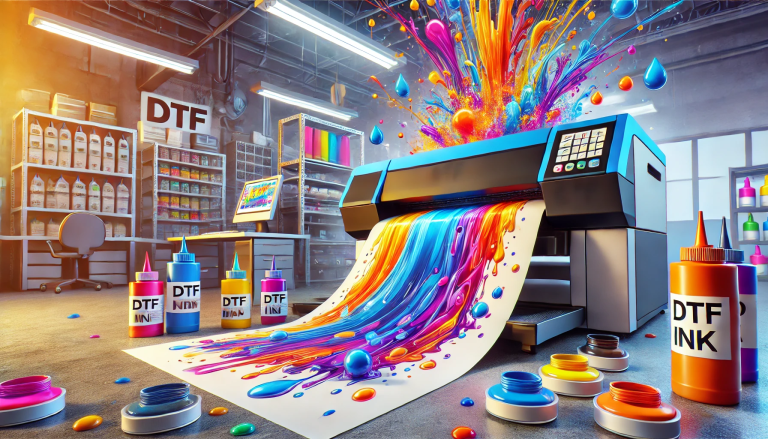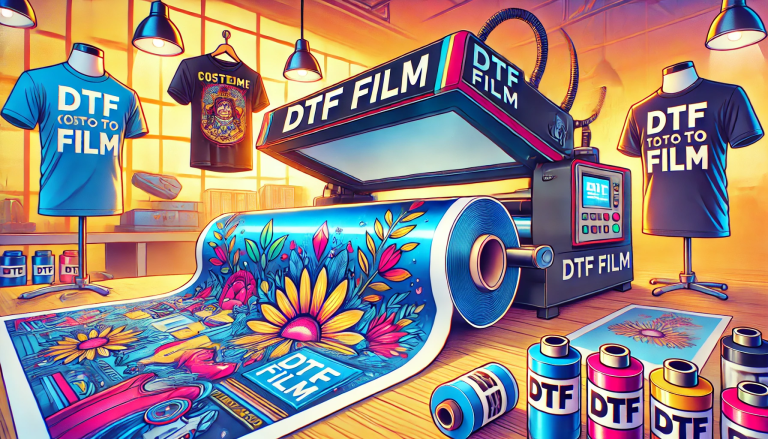“A Comparative Analysis: DTF Transfer vs. Screen Print Transfer” -MAXDTF- DTF Film printing Manufacturer, A4 DTF Film Supplier, Made in China
I. Introduction
The printing industry has evolved significantly over the years, continually innovating to meet the demands of consumers for high-quality, customized products. Among the printing techniques available today, Direct Film (DTF) transfer and screen print transfer stand out as two dominant methods. However, despite their shared objective of transferring designs onto substrates, they differ greatly in process, efficiency, quality, and cost. This essay delves into these differences, providing an in-depth comparative analysis between DTF transfer and screen print transfer.
Screen printing, a traditional method, has long been the standard in the industry. It involves creating a stencil (or screen) for each color in a design and using this stencil to apply layers of ink onto the printing surface. On the other hand, DTF transfer, a more recent development, involves printing a design directly onto a special film using DTF inks. This film is then transferred onto the substrate, resulting in a high-quality print.
II. Body
Several key factors differentiate DTF transfer from screen print transfer.
- Complexity and Detail of Design: Screen printing struggles with intricate and multicolored designs, as each color needs a separate screen. However, DTF allows for complex, high-resolution designs with multiple colors in one pass, providing a superior level of detail.
- Versatility: DTF transfers can be applied to a wide range of materials, including fabrics, ceramics, and more, while screen printing has limitations with certain fabrics and materials.
- Efficiency and Cost: Screen printing is labor-intensive and can be costly for small orders due to the setup process. DTF transfers, with no requirement for separate screens or physical setups, streamline the process, saving both time and cost, particularly for short-run orders.
- Durability and Feel: DTF transfers produce prints that are durable and soft to the touch, creating a more comfortable feel on fabrics. In contrast, screen prints may feel thick and stiff, especially with multiple layers of ink.
- Environmental Impact: DTF printing uses only the necessary amount of ink for each print and doesn’t require cleaning solvents, making it a more environmentally friendly option compared to screen printing, which often results in ink wastage and uses harmful solvents for cleaning screens.
However, the choice between DTF transfer and screen print transfer isn’t always clear-cut and may depend on specific project needs. For large orders with simple designs, screen printing can be a cost-effective option due to its economies of scale. However, DTF excels in versatility, design complexity, efficiency for small orders, print feel, and sustainability.
III. Conclusion
In conclusion, while both DTF transfer and screen print transfer have their place in the printing industry, DTF offers numerous advantages that make it a compelling alternative to traditional screen printing. Its ability to handle complex designs with ease, coupled with its versatility, efficiency, superior print feel, and environmental friendliness, makes DTF an attractive choice for modern printing needs.
While DTF does require a significant initial investment in specific equipment and supplies, the cost savings over time, particularly for businesses handling a diverse range of orders, can justify this outlay. As DTF technology continues to evolve, it is expected to become even more efficient and accessible, potentially solidifying its position as the preferred choice in the printing industry.
IV. Summary
Direct Film (DTF) transfer and screen print transfer are prominent techniques in the printing industry. Despite screen printing’s long-established history, DTF transfer provides superior design complexity, versatility, efficiency for small orders, print feel, and sustainability. The initial investment in DTF can be significant, but the long-term benefits and cost savings





